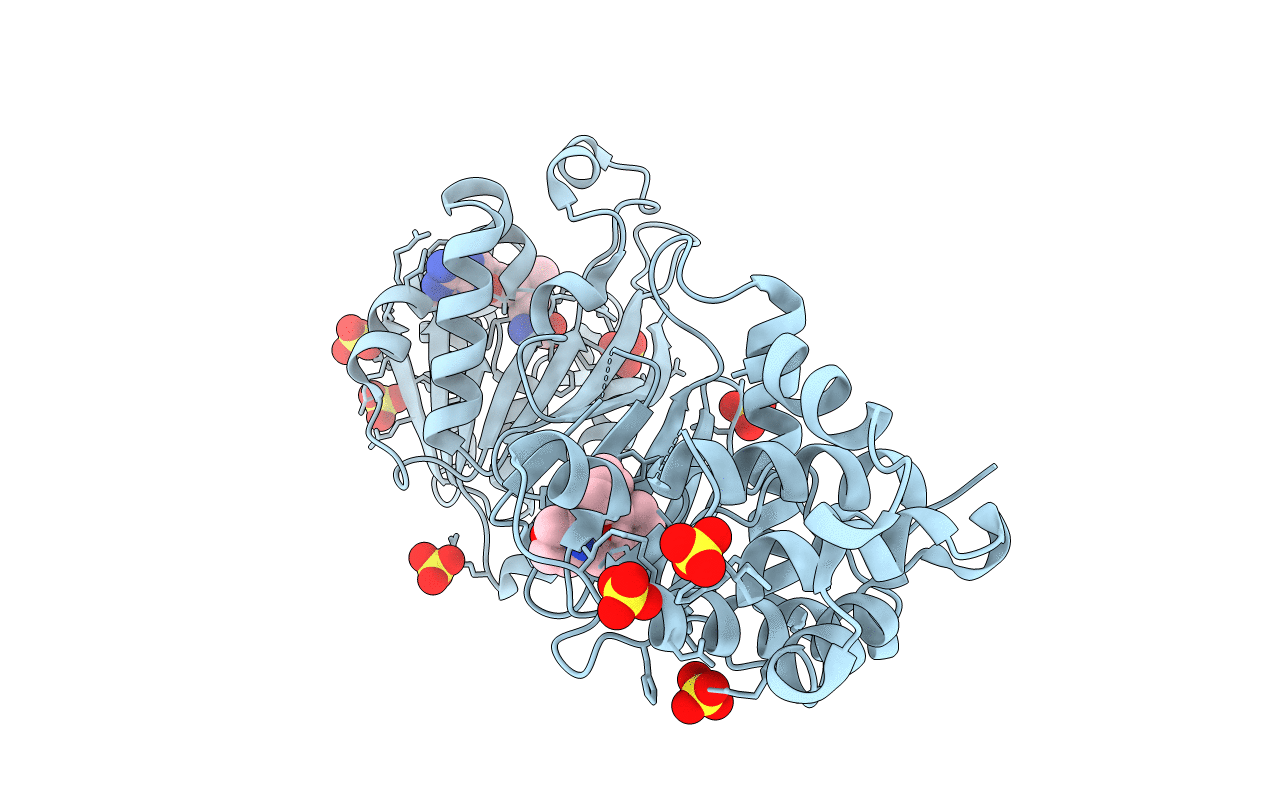
Deposition Date
2012-06-26
Release Date
2012-09-26
Last Version Date
2024-05-08
Entry Detail
PDB ID:
4AZT
Keywords:
Title:
Co-crystal structure of WbdD and kinase inhibitor LY294002.
Biological Source:
Source Organism:
ESCHERICHIA COLI (Taxon ID: 562)
Host Organism:
Method Details:
Experimental Method:
Resolution:
2.34 Å
R-Value Free:
0.25
R-Value Work:
0.18
R-Value Observed:
0.19
Space Group:
I 2 3


